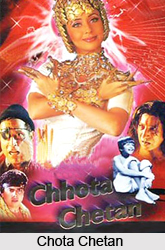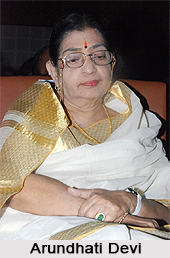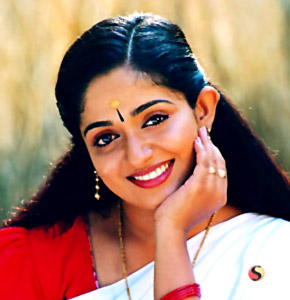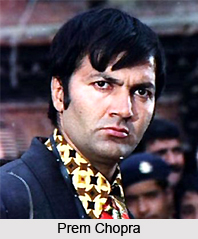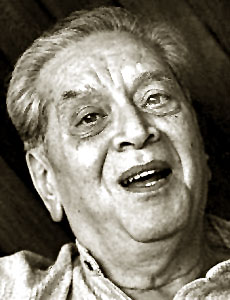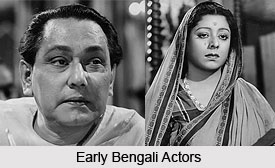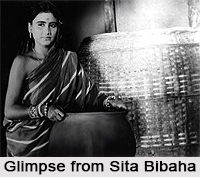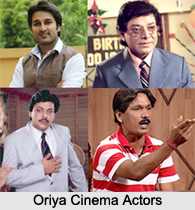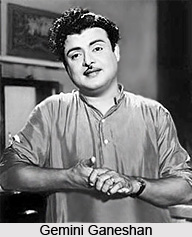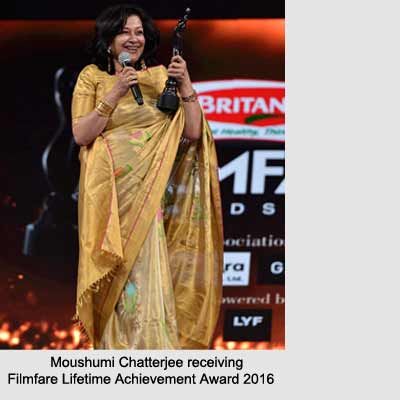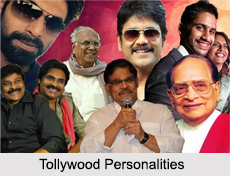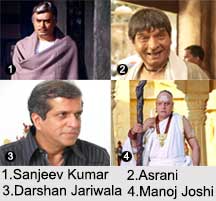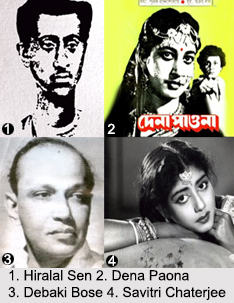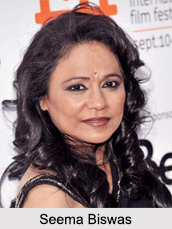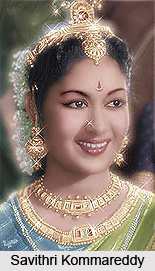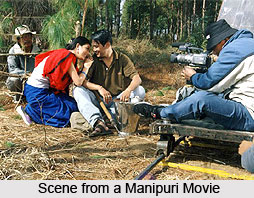 History of Manipuri cinema states that the film industry in this part of India started taking a shape from 1936. The then Manipuri films mostly reflected the contemporary society where war was a predominant feature. Since then cinema in Manipur has grown slowly but steadily. The neighbouring state of Bengal was a huge influence where directors like Ritwik Ghatak, Satyajit Ray, Mrinal Sen and others were making meaningful films. According to the history of Manipuri cinema the initial films were mainly mythological in nature. However social films were also made during these initial years.
History of Manipuri cinema states that the film industry in this part of India started taking a shape from 1936. The then Manipuri films mostly reflected the contemporary society where war was a predominant feature. Since then cinema in Manipur has grown slowly but steadily. The neighbouring state of Bengal was a huge influence where directors like Ritwik Ghatak, Satyajit Ray, Mrinal Sen and others were making meaningful films. According to the history of Manipuri cinema the initial films were mainly mythological in nature. However social films were also made during these initial years.
The history of Manipuri cinema narrates that the Manipuri directors in the beginning mostly followed the style of the theatre while making their movies. The make up, narration, lighting and others were modelled on the stage. Later they started to follow the Hindi films as well. Probably one of the glorious eras that the history of Manipuri cinema ever witnessed was in the 1970s. Each year a film was made and appreciated by the audiences. It was during this time that Manipuri films like `Saphbee` and `Olamghtagee` `Wangmadasoo` won the Rajat Kamal (National Award). This was a great achievement for an industry which was still developing.
Till date this industry has produced over 31 Manipuri movies. However the recent socio-political scenario of the state has led to a downward journey for the Manipuri cinema. Hopefully the industry will fight back the adverse conditions and bring back the glory of that the history of Manipuri cinema often narrates.
`Hiyang Tannaba` was the first Manipuri documentary which was directed by Maharaj Kumar Priyobarta Singh in the year 1936, with the aide of an 8 mm camera. In the Manipuri language, Hiyang Tannaba implies boat race. However, this film was never released as the director had failed to send it to Censor Board. Today, the film is conserved inside the archive of the Manipur Film Development Corporation or MFDC.
In the year 1946, a group of nine people established a company known as `Shree Shree Govindaji Film Company`. Sinam Krishna Mohon, Sogaijam Nabakumar and Ayekpam Biramangol were amongst the noted personalities who comprised this team. Under this banner, a movie named `Mainu Pemcha` had been produced in Hindi and its director was Rathin Sen, a Bengali film-maker. The character of `Pemcha` was played by Thambalngoubi while Bimol Chatterjee enacted the role of `Borajao`. Kangabam Gojendro, Laishram Netrajit and Khwairakpam Momon were amongst the other important actors who starred in this movie. The film, however could not be completed owing to financial complications.
Thereafter, Kongbrailatpam Ibohal Sharma made an attempt to direct some movies, employing his 16 mm Bolex camera. Many documentaries and cinemas were composed by this director which involved `Mongpham` in 1962, `Etchel` in 1961 and `Ningthemcha Ahum` in the year 1960. These movies were made in his own film studio. `Imphal Diary` and `Cultural Heritage` are some of his significant movies. All his films were silent movies, and he travelled to numerous parts of Manipur in order to arrange for his movie screenings.
Karam Manimohon, another Manipuri film director produced a documentary movie known as `Maipak- Son of Manipur` in the year 1971 which spanned 20 minutes. A Bengali movie director named Debenkumar Bose directed this movie, which was based on Nongthombam Maipak`s life, who was a participant and winner of `Mister India title` in the event of the International Federation of Body Building Championship which was organised in Paris in 1970. 1972 was an important year in the history of Manipuri movies. On 9th April of this year, the state film industry attained their very first censor certificate, after which the first formal Manipuri movie was released. The film was called `Matamgi Manipur` and was directed by Karam Manimohon. `Brojendagi Luhongba` was another movie which was made in 1973 which was produced by S.N. Chand. During this phase, Manipuri movies scaled new heights and many of these films received national and global acclaim. `Sambal Wangma`, `Saphabi`, `Olangthagi Wangma`, `Yairipok Thambalnu`, `Imagi Ningthem`, `Meichak Meichak`, `Ishanou`, `Maiyophigi Macha`, `Thawan michakna Kenkhrabada`, `Operation Sangai`, `Yening Amadi Likla` , etc were some of the most famous Manipuri movies made during this time. The films `Ishanou` and `Imagi Ninhthem` received national and international recognition.
However, in 2000, some Manipuri groups had imposed bans on many Bollywood movies, or the films of the Hindi film industry. Soon afterwards, movie theatres in Manipur were adversely affected since they had to cease the screening of movies. The absence of Hindi films inside these theatres led to their downfall and most of the movie theatres in Manipur were transformed into shopping complexes or other commercial apartments. This paved the way for a new medium of movies, which were referred to as digital films.
`Lanmei`, which was the first digital movie of Manipur was released on 24th May, 2002 under the banner of `Kangla Films Manipur`. Another digital film called `Lallasi Pal` was also directed by `Treasure Island`. With the advent of these digital movies, directors stopped creating celluloid films which consumed a considerable amount of resources and therefore not at reasonably priced. Digital movies started gaining more popularity within the state and innumerable digital movies were directed every year. In the year 2007, `Film Forum Manipur` which is a body dedicated for promoting the development of digital cinema in Manipur conducted the `First Film Festival` in this part of the country. This was organised to motivate actors and other personalities related to the regional film industry.
